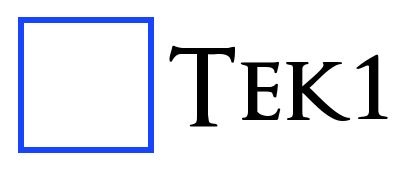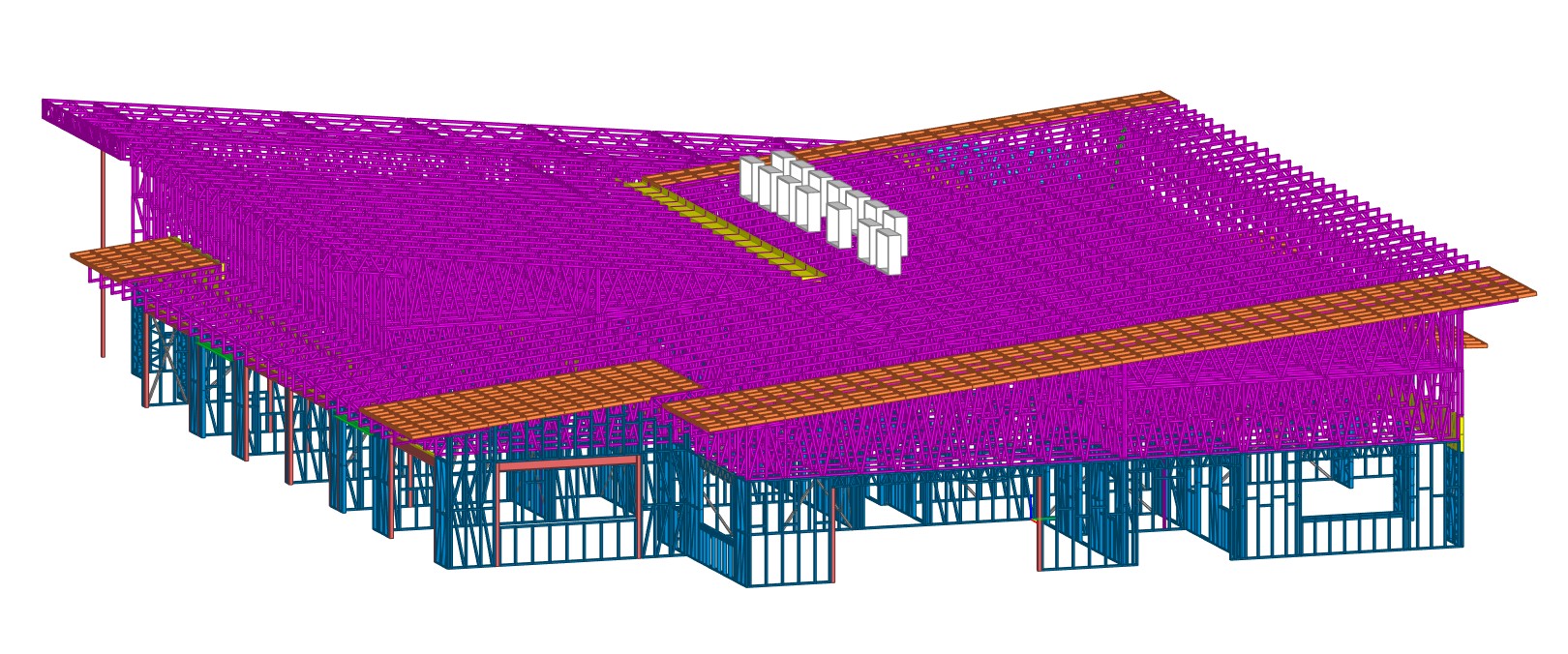“Experience is the best teacher — but only if we learn from it.”
🧠 1. Frame Size Matters – Don’t Overlook Transport Constraints
- Truss heights hit up to 3m and lengths extended to 10m – something that could change based on client and transport feasibility.
- Wall frames also touched 3m in height and 5m in length – be sure to check if it fits the truck before detailing.
- Roof overhangs? Review them early to ensure they’re compatible with transport or you’ll risk on-site chaos.
✅ Tip: Always check transport feasibility during quoting and in RFI#1
✂️ 2. Splitting Tall Walls – Think Before You Frame
- External walls taller than 3m should be split during design.
- Confirm site handling options – are cranes available, or will it be lifted manually?
⚠️ Don’t assume! Discuss early to avoid rework and surprises on-site.
🧩 3. Design Features for Roof Panels & Coordination with MEP for Wall Cutouts 🛁
- Before locking in the wall layout, always confirm plumbing cutouts and vent pipe locations with the client, especially in WET areas.
- If these aren’t aligned early, it can cause major trouble onsite — including last-minute frame cutting.
For Roof Frame like overhangs:
- Rafters should be designed as doublers (to add strength).
- Rafters must be perpendicular to the wall.
- Noggings should run parallel to maintain overhang stability and simplify installation.
🔍 These small details make a big difference for smooth execution.
🚛 4. Confirm Transport & Lifting Method Early
- Every frame size should be checked for transport in RFI#1.
- Clarify lifting access – Is there a crane or only manpower?
🏗️ 5. Large Trusses – Assess or Be Stressed
For long trusses that might need splitting:
- Evaluate engineering requirements early – if a truss fails, it’s not on us, it’s an engineering issue.
- Consider onsite assembly time, weight, and transport limitations in your quote.
- Flag “suspect trusses” during quoting with buffer for iterations.
🧠 Smart Detailing = Fewer Site Surprises
📄 6. Quote Smart – Define Scope Clearly
- Don’t quote blind. Wait for all necessary drawings and details.
- Add buffer for unknowns and clarifications.
- Clearly state we follow the provided architectural and structural drawings. If things change later — that’s a variation.
🔄 7. Variation Handling – Get it in Writing
- Raise a variation immediately for any change that occurs after quoting.
- Pause all work on the affected section until written client approval is received (or the variation is rejected).
- If there’s a delay — pick up the phone and speak directly with the client. Clear communication is key to minimizing disruptions.
- To alert the client that a change has happened, and that there is a delay in the program.
Remember:
“Nothing speaks louder than an invoice and documented delay.”
💡 8. Our Design Suggestions – Add Value and Help Your Client Cut Costs
If we propose design improvements (e.g., optimizing the LGS frame layout), they should be quoted as added value.
When working off client-supplied drawings, and we identify missing details or unclear sections:
- We can submit proposals for improvement.
- If this was clarified in the quote, it is already within our scope — no need to raise it as a variation.
Smart detailing isn’t just about execution — it’s also about helping our clients save time and money.
🧱 9. Client-Driven Design Changes – That’s a Variation Too
Any change the client makes for ease of installation or cost saving must be quoted as a variation.
📋 LGS Project Checklist (for Detailers & PMs)
✔️ Confirm frame size limits (wall/truss) with client
✔️ Review transport feasibility and crane availability
✔️ Request complete architectural, structural, and MEP drawings
✔️ Identify special features (cutouts, splits, overhangs) early
✔️ Define scope clearly – design vs. detailing only
✔️ Include buffer time for potential RFI clarifications
✔️ Document all design and client-driven changes
✔️ Conduct internal reviews before client submission
✔️ Flag and assess suspect trusses during quoting
💬 Final Thoughts
Whether you’re a detailer, project manager, or fabricator, I hope this blog helps you:
- Spot issues early
- Avoid costly site changes
- Deliver smoother, smarter LGS solutions
📢 More Coming Soon
We’ll continue sharing more real-world LGS insights, including:
- 🧠 “Can You Spot the Problem?” detailer challenges
- 🛠️ Cost-saving ideas we’ve implemented


Leave a Reply